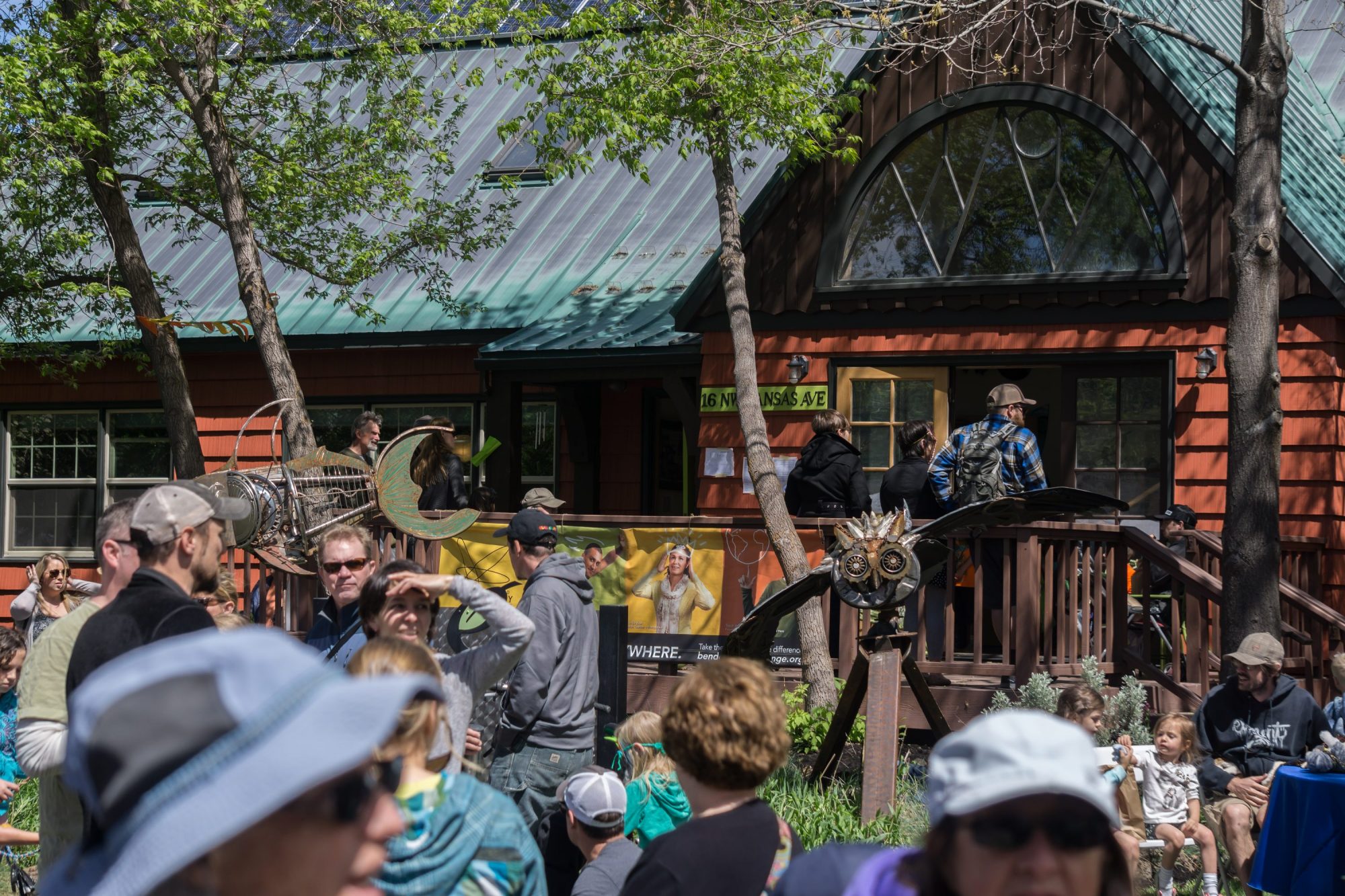Quick Tips / DIY

Quick tips to get started saving energy
These are easy, free, painless ways to save energy. Right. This. Minute.
Free
Sign up for your FREE Energy Saver Kit from the Energy Trust of Oregon. Start your home energy upgrade with some LED light bulbs and low flow shower heads today (if you are a Pacific Power or Cascade Natural Gas customer). Your savings could reach up to $100!
Lower your hot water temperature to 120º. You can still take hot showers. Promise. This will allow your hot water heater to not have to work so hard to keep all of that water hot.
Wash your clothes in cold water. Did you know that 90% of the energy used in washing clothes goes toward heating water? And that today’s cold-water detergents get your clothes just as clean as warm water washing?
Let your clothes hang out. Hang your clothes to dry instead of using the dryer—a.k.a. The Most Inefficient Appliance in Your House. Even one load a week makes a difference!
Unplug that extra fridge in the garage. We know it probably has beer in it, but depending on how old it is, it’s running you an extra $50 – $170 than newer models.
Dial in the temperature. In the cooler months, turn down your thermostat to 65º-68º at night. In warmer weather, set your thermostat or heat pump to 75º-78º.
Exorcise phantoms. Reduce phantom energy loads—energy sucked by electronics when they’re off—by using a power strip you can turn off completely with a single flip of the switch.
Use a Kill-A-Watt to measure appliance use in your home. Knowledge really is power. These devices allow you to measure how much energy individual appliances are using. You can check out Kill-A-Watt meters from the library.
Close fireplace and wood stove dampers when not in use. Just wait several hours after the fire has gone out and the ashes are cold.
Low Cost
These are still super easy and also low-cost ways to save energy. In most cases, more so than the time or money you invested in the project.
Change your furnace filters regularly. Replace furnace filters as much as once per month during intensive heating and cooling seasons and at least every 3 months. Its purpose is to trap dust and dirt so that they don’t collect and reduce the flow of heated air into your home. While you’re at it, check to make sure that all hot air registers are open and unobstructed and the cold air returns are open and accessible and that accessible duct work doesn’t have leaks.
DIY
Make Draft Stoppers. You know—door snakes! Place them in front of doors or windows to stop drafts. You can get crafty and make your own. In case you aren’t as creative as you might like to think, you could:
Insulate water heater and pipes. Some water heaters may already be insulated. Insulating pipes makes the most sense if the distance traveled by the pipes is far, the pipes are exposed to cold air, or if you use a lot of hot water.